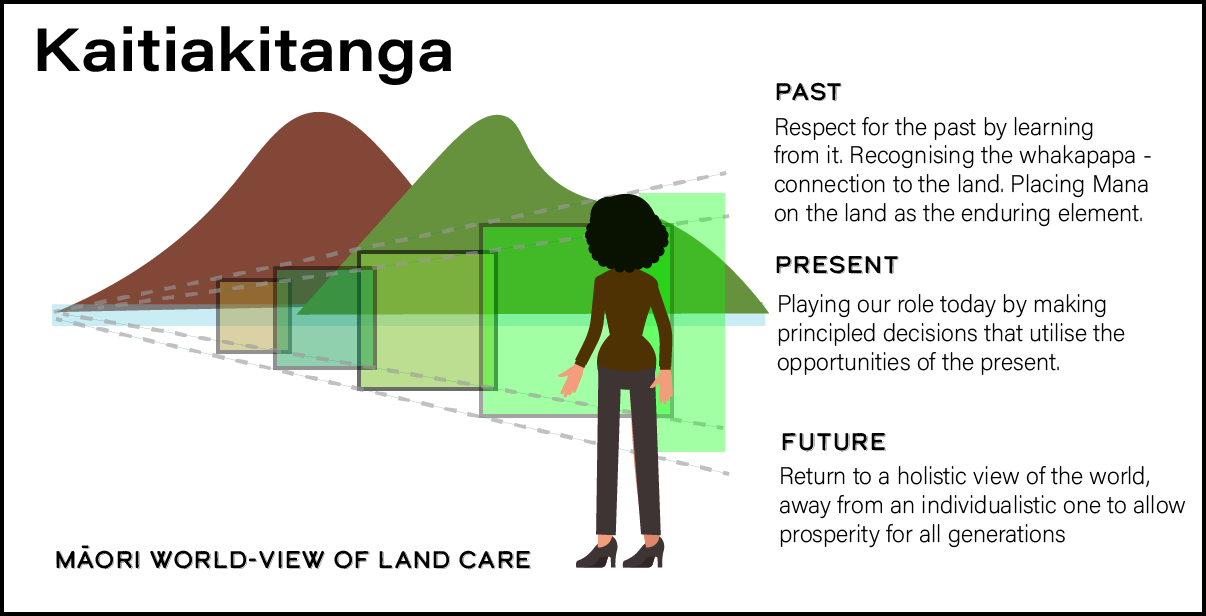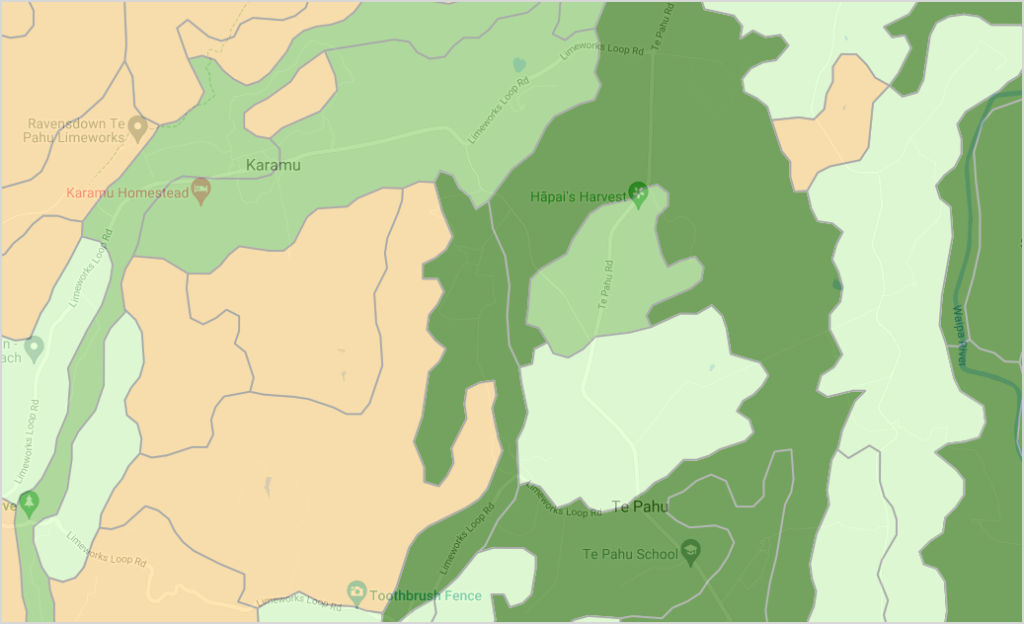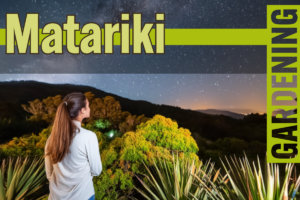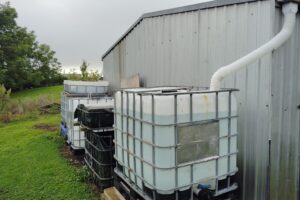
Many of our place names relate to the soil
Māori Place Names and Soil
There isn’t a seasoned gardener who doesn’t understand through experience that the soil decides the outcome of any harvest. Soil type, structure, soil life and constituents are what determine the health and vigour of your plants. In Aotearoa New Zealand there are many clues to the history of the places that we live. Place names are the most recognisable markers of our history along with the landmarks themselves. In this post you’ll discover some of the many descriptions for soil used by Māori. Who knows you might live near one of these markers yourself.
Ngā Tohu Pūmahara
Ngā tohu pūmahara are land markers positioned to advise
- Ngā – Pural for more than one or many
- Tohu – to instruct, advise, point out, guide, direct, etc
- Pūmahara – thoughtful, learned, wise, perceptive, sagacious, astute.
In traditional times place names were often used to describe the type of soil found in that location and with that knowledge the types of food that could be grown or gathered or materials that could be used for making and crafting. It’s not a well known understanding that Māori were incredible gardeners. Moana Jackson probably summed it up best after the release of Alan Duff’s Book ‘ Once were Warriors’ when he stated ‘It would be more realistic to define Māori as ‘Once were Gardeners’.If you’d like to watch this korero please follow this link.

Principles associated with soil
Whakatauki (Proverb) “Te toto o te tangata he kai, te oranga o te tangata, he whenua, he oneone – While food provides the blood in our veins, our health is drawn from the land and soils”
Below is a list of Māori words (kupu) associated with soil types.
Oneone means soil. Māori gardeners had at least 60 names for the types of soil.
| Name | Description |
|---|---|
| One-pū | sand |
| One nui | rich soil, consisting of clay, sand and decayed organic material |
| One-matua | typically a loam |
| One mata | dark fertile soil |
| Tuatara wawata | brown friable fertile soil suitable for kūmara |
| One-pārakiwai | silt |
| One paraumu | very dark fertile soil, friable |
| One hanahana | Dark soil mixed with gravel or small stones |
| One haruru | Light but good soil; sand and loam |
| One hunga | sea sand, sandy beach, sometimes mixed with mud |
| One kopuru | soil found in wet situations |
| One kōkopu | gravel, or very gravelly soil |
| One kura | reddish, poor soil |
| One pākirikiri | soil containing gravel |
| One parahuhu | alluvium (also parahua) |
| One punga | light spongy soil |
| One tai | sandy soil, near tidal flats, near beach |
| One tea | white soil, sandy volcanic material |
| One takataka | friable soil |
| One tuatara | stiff brown soil, needing sand or gravel worked in |
| One wawata | lumpy soil |
| Kirikiri tuatara | fertile brown soil |
| Kōtae | alluvial soil |
| One tea | light sandy soil, near Dargaville. |
| Kenepuru | sandy silt |
| Kere was used as a prefix for some types of clay, including keretū, kerematua and kerewhenua: | |
| Keretū | clay |
| Kerematua | stiff clay |
| Kerewhenua | yellow clay |
| Kereone | sandy earth, e.g., near Morrinsville |
| Kōtore | white clay |
| Taioma | pipe clay |
| Uku | unctous clay, white or bluish |
| Uku whenua | plastic clay (old traditional name) |
| Matapaia | a clay when baked hard was used as a stone for cooking |
Tools for visualising Potential Land Use
These days there are alternative ways to receive information but not necessarily wisdom.
This link will take you to the Land Research soil maps portal
This link is for the Visualizing Māori Land Map. The image below is of my local area.


Other information about our land history you could research would relate to the principles associated with land use and care such as kaitiakitanga.
Tag:kaitiakitanga, mātauranga, soil, whenua


